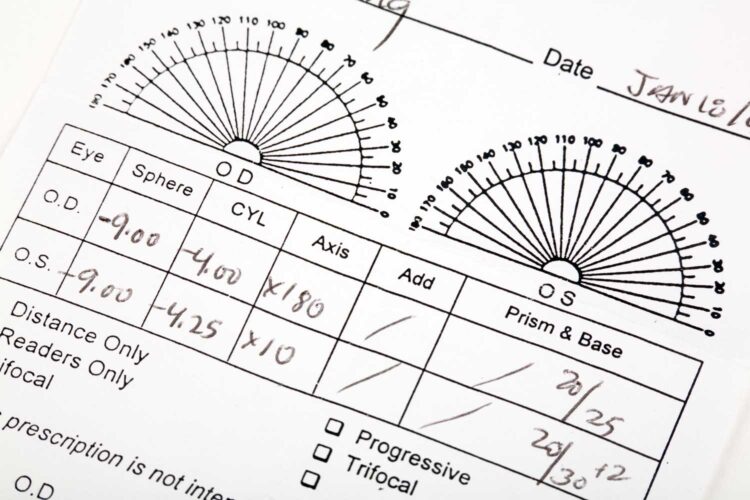Seeing clearly is essential. When you get a new prescription from your eye doctor, it can feel confusing. This guide helps you understand what your prescription means and how it helps with your eye health. You will learn how to read the numbers and terms used. With this knowledge, you can make informed choices about your vision care. Whether it’s glasses, contacts, or considering options like Modesto Lasik, knowing your prescription is key. Understanding it empowers you to discuss your needs with your eye doctor confidently. Clear vision affects daily life, from reading to driving, and maintaining it is important. In this guide, we provide straightforward information to help you feel at ease with your prescription. You deserve to have the best vision possible, and understanding your eye health is the first step. Let’s explore what your eye doctor wants you to know.
What Do the Numbers Mean?
Your eye prescription includes a series of numbers and abbreviations. Each serves a purpose in correcting your vision. Understanding these figures can help you know what kind of lenses you need. Here are some common terms you might see:
- SPH (Sphere): Indicates the strength of the lens. It corrects nearsightedness or farsightedness.
- CYL (Cylinder): Shows the lens power for astigmatism. It measures the degree of astigmatism correction needed.
- AXIS: Describes the lens orientation for astigmatism correction.
- ADD: Refers to additional correction for reading (bifocal lenses).
How to Read Your Prescription
Reading your prescription might seem like learning a new language. Here is a simple way to understand it:
| Term | Description |
|---|---|
| OD (Oculus Dexter) | Your right eye prescription. |
| OS (Oculus Sinister) | Your left eye prescription. |
| OU (Oculus Uterque) | Both eyes. |
Choosing the Right Correction
Once you understand your prescription, you can decide on the best type of correction. You might choose glasses or contact lenses. Each has its benefits. Glasses are easy to use. They provide a barrier against dust and dirt. Contact lenses give more natural vision. They do not fog up or get wet in the rain.
Considering a procedure like LASIK may also be an option. Discuss with your doctor to see if it’s right for you.
Why Regular Eye Exams Matter
Regular eye exams ensure your prescription stays up to date. Your vision might change over time. An eye exam checks for changes in your vision and overall eye health. It helps catch problems early, such as glaucoma or cataracts. The CDC reminds us that regular check-ups are important for maintaining eye health.
Tips for Eye Health
- Rest your eyes regularly. Follow the 20-20-20 rule. Every 20 minutes, look at something 20 feet away for 20 seconds.
- Wear sunglasses to protect against UV rays.
- Maintain a healthy diet with foods rich in omega-3 fatty acids and vitamins A and C.
Understanding your prescription empowers you. You can make informed decisions and have meaningful conversations with your eye doctor. Whether you’re adjusting to new glasses or considering Modesto Lasik, knowing your eye health is essential. Stay informed and see clearly. Your vision is a crucial part of your life. Take steps to protect it today.

